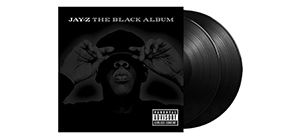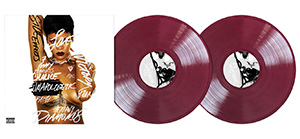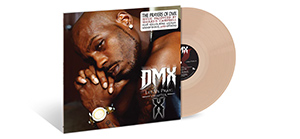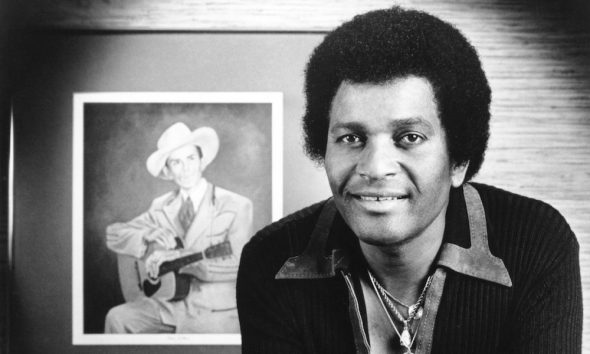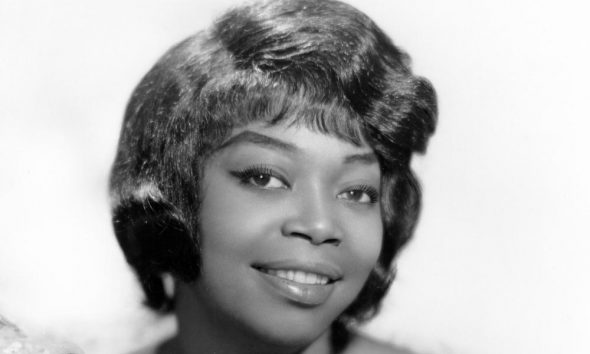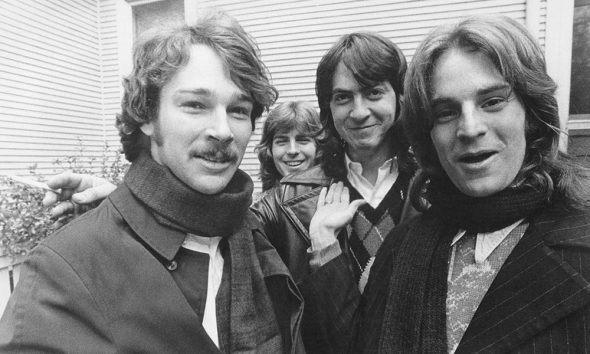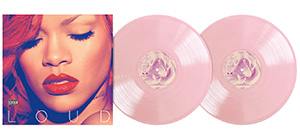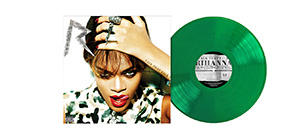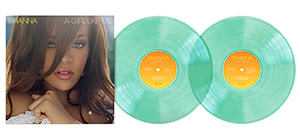Lightnin’ Hopkins
The Texan country blues singer, guitarist, and pianist influenced generations of blues musicians.
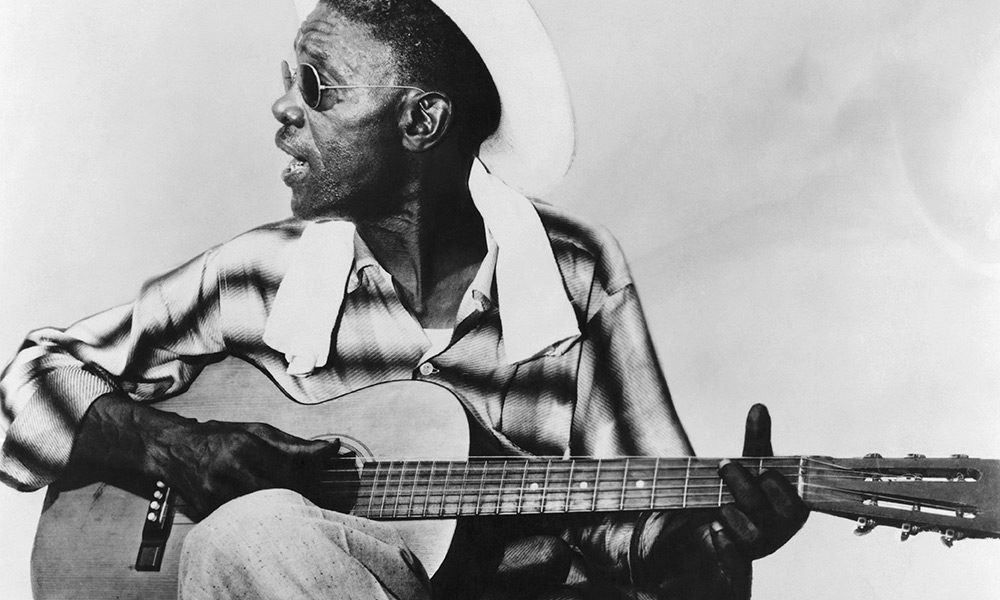
Texas bluesman Lightnin’ Hopkins career was both long and fruitful. He performed live for six decades and recorded for over 30 years, amassing a catalogue that was larger than almost any of his contemporaries. Not only was he prolific but also he was also a great raconteur and a very good live performer with an ‘act’ honed to perfection at pre-war dances and parties.
“So I went ahead and made me a guitar. I got me a cigar box, I cut me a round hole in the middle of it, take me a little piece of plank, nailed it onto that cigar box, and I got me some screen wire and I made me a bridge back there and raised it up high enough that it would sound inside that little box, and got me a tune out of it. I kept my tune and I played from then on.” – Lightnin’ Hopkins
Hopkins’s guitar playing was unconventional, some even called it ragged, but it is not as a guitarist that he will be remembered. Somehow the way he set his songs, seemed totally opposite and it gave everything he did an authenticity that few others were able to match. He first recorded in November 1946 in Los Angeles, where he cut ‘Katie Mae Blues’, with pianist Wilson ‘Thunder’ Smith; they were billed as Thunder and Lightnin’. At the same time as recording for Aladdin, he cut records for Goldstar in Houston, sometimes the same songs; he would go on to record for over twenty different labels.
Hopkins had a brief hiatus away from recording, between 1954 and 1959, as electric blues had come to dominate and he somehow seemed old fashioned. In 1959, he was ‘rediscovered’ when Sam Charters recorded him for The Folkways label. Throughout the 1960s his prolific output appeared on a variety of labels. ‘Mojo Hand’, one of his best-known songs, dates from this period and can be heard on his Verve Folkways album, Lightnin’ Strikes. During the sixties, he played many prestigious venues, including Carnegie Hall, the Newport Folk Festival as well as touring Europe with the American Folk Blues Festival in 1964. For a chance to hear Lightnin’ and his pulsating guitar check out his 1964 album, Swathmore Concert.
In the 1970s he was still very active in recording and playing live, although as the 80s rolled around he was beginning to see a downtown in his unique brand of Texas country blues. He died of cancer in 1982.
“People have learned how to strum a guitar, but they don’t have the soul. They don’t feel it from the heart. It hurts me. I’m killin’ myself to tell them how it is.”– Lightnin’ Hopkins
Born Sam Hopkins, his father was a musician, who died when Sam was very young. The family moved to Leona in Texas where he grew up; in 1920 he watched Blind Lemon Jefferson at a picnic in Buffalo Texas, which inspired him to make a ‘cigar box’ guitar. His older brother Joel taught him to play the homemade guitar before his mother, Frances, encouraged him to play the organ at her home church services. However, he was drawn to the music played by his older brothers Joel and John Henry. He soon dropped out of school and like most people with his kind of background Sam worked on the plantation. “I did a little plowin’ – not too much, chopped a li’l cotton, pulled a li’l corn. I did a little of it all.” He, like many other bluesmen, began playing at picnics and dances at local farms on a Friday and Saturday night; later he took to hoboing throughout Texas.
By the end of the 1920s, he formed a partnership with his cousin, Texas Alexander and the two of them played on street corners for tips. Their partnership continued until the mid-1930s when Hopkins was sent to Houston County Prison Farm, for some unknown offence. After his release, he rejoined Alexander working at picnics, parties and juke joints, as well as working outside of music. He would travel around Texas, often on buses, where the drivers would even let him ride for free as long as he played for the passengers.
In 1946, Hopkins and Alexander were offered a recording contract by an Aladdin Record’s talent scout, inexplicably only Hopkins followed up the offer when Lightnin’ and his manager Lola Ann Cullum, made the trip out west to Los Angeles to record on 4 November 1946. He cut ‘Katie Mae Blues’, with pianist Wilson ‘Thunder’ Smith; they were billed as Thunder and Lightnin’. It was a hit in the Southwest so Aladdin got him back into the studio a year later when he recorded, ‘Short Haired Women’, which sold around 40,000 copies. In 1948 he sold over twice that many records with his recording of ‘Baby Please Don’t Go’, almost all of them around the Houston area and his home state.
At the same time as recording for Aladdin, he would record 43 sides in all for the label, he cut records for Goldstar in Houston, sometimes it was the same songs; in fact, he would go on to make records for over twenty different labels during his long drawn out recording career. If he was not the most prolific blues recording artist his discography was certainly the most complex to unravel. He made the R&B charts in 1949 with ‘Tim Moore’s Farm’; over the course of the next three years he had four more hits, the biggest was ‘Shotgun Express’, which made No.5.
Hopkins had a 5-year hiatus away from recording between 1954 and 1959, although he did make a couple of records in 1956. With the rise and rise of Chess records electric blues was what the fans wanted and to many Hopkins seemed old fashioned. In 1959 he was ‘rediscovered’ by folklorist Mack McCormick and his career was revived when Sam Charters recorded him for The Folkways label. The following year he played Carnegie Hall with Joan Baez and Pete Seeger as well as playing at the University of California Folk Festival, in Berkeley, California, and touring the college circuit. He got to an even wider audience when he appeared on the CBS TV special, A Pattern Of Words & Music.
Throughout the 1960s his prolific output appeared on a variety of labels. His preferred method of recording was to get the money upfront, to Hopkins royalty payments was far too insecure a way of earning a living; Lightnin’ did not like to waste a lot of time so he usually did only the one take. After his Carnegie Hall appearance, he began to play more prestigious venues, including, the Newport Folk Festival as well as touring Europe with the American Folk Blues Festival in 1964. He sometimes appeared with Clifton Chenier’s Band and in 1967 he featured in a film short made by Les Blank entitled The Sun’s Gonna Shine, the following year Blank made 1968 another short, The Blues According’ To Lightnin’ Hopkins.
Like many of his contemporaries, he too recorded something of a progressive electric blues album –The Great Electric Show & Dance, but it was not a setting in which Hopkins felt comfortable. During the 1970’s he remained very active in both the recording studio as well as playing live. He played throughout the USA and Canada and again crossed the Atlantic to appear in Britain, despite his dislike for flying. In 1970 he was featured in the British TV show, Blues Like Showers Of Rain and the following year on PBS TV in Artists In America and Boboquivari. As the 80s rolled around he was beginning to see a downtown in the appeal of his unique brand of Texas country blues, he was also having some issues with his own health. He died of cancer in Houston Texas in January 1982.


